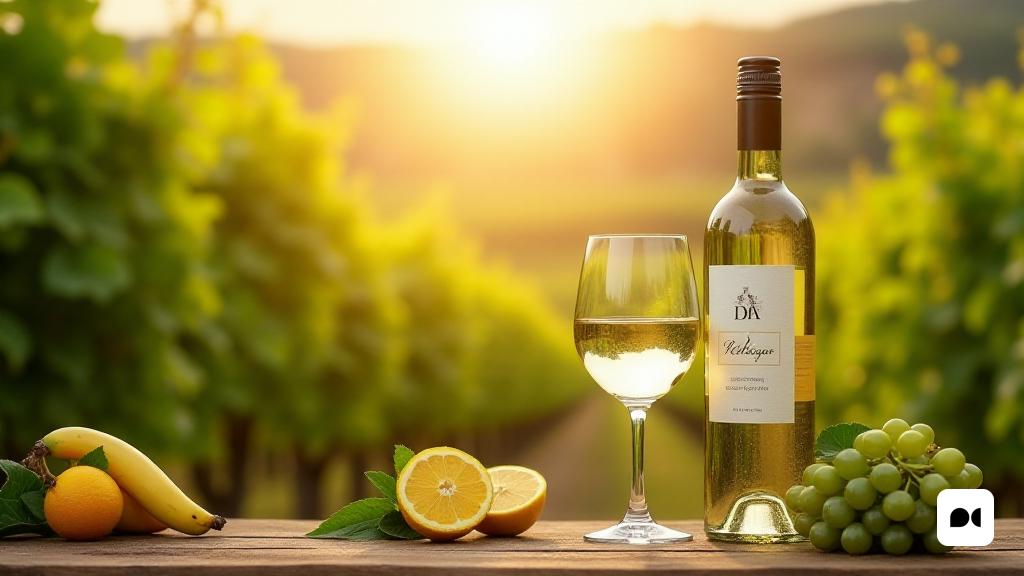A wine with history and tradition
White wine has been a fundamental pillar of wine culture in Spain, with a legacy that extends per centuries. This liquid, which evokes freshness and refinement, is produced in various regions, including the sunny vineyards of Andalusia, the Riogese lands and the Basque Country, each one by providing its own essence to this appreciated drink.
A boom in consumer preference
In recent years, white wine has experienced a significant increase in its acceptance, especially among Spanish consumers. In fact, it has become one of the most popular elections on supermarket shelves, reflecting not only a change in preferences, but also an evolution in the way we enjoy everyday life.
The impact of additives on wine quality
Despite its popularity, the white wine industry is not without controversy. In their research to maintain quality and freshness, some producers have adopted methods that can compromise the natural balance of the flavors. Organizations such as the Organization of Consumer and Users (OCU) have begun researching this situation, focusing on the purity of wines available on the market.
Examination of sulfites and other additives
The OCU has analyzed several labels that can be found in supermarkets, showing that some wines do not meet the expectations of purity and authenticity. In particular, there has been an excess of sulfites, compounds that, while helping to preserve the wine, can hide their natural taste. European regulations allow a maximum of 120 mg/l of sulfites, but some wines have exceeded this amount, which raises concerns about quality.
Other components to keep in mind
In addition to sulfites, the OCU has identified the presence of other additives such as sorbic acid and ascorbic acid, which, despite not toxic, can have a negative effect on wine flavor profile. Excessive use of these compounds can compromise the tasting experience, reducing the authenticity that wine lovers look for.
The white wine that stands out in the market
Within this context of analysis, a wine has emerged as a quality leader: Barbadillo Blanco 2023. Considered the ‘Estrella 2024’ by the OCU, has passed the quality tests, including exhaustive analyzes, price valuations And comparative tastings, positioning itself as an exceptional option for consumers looking for pure and authentic white wine.
Final reflections on the future of white wine
With the increasing demand for quality white wines, it is essential that producers have a balance between conservation and authenticity. Transparency in production and selection of ingredients will be key to ensuring that white wine is still a symbol of Spanish culture, adapting to the new demands of consumers at the same time.

